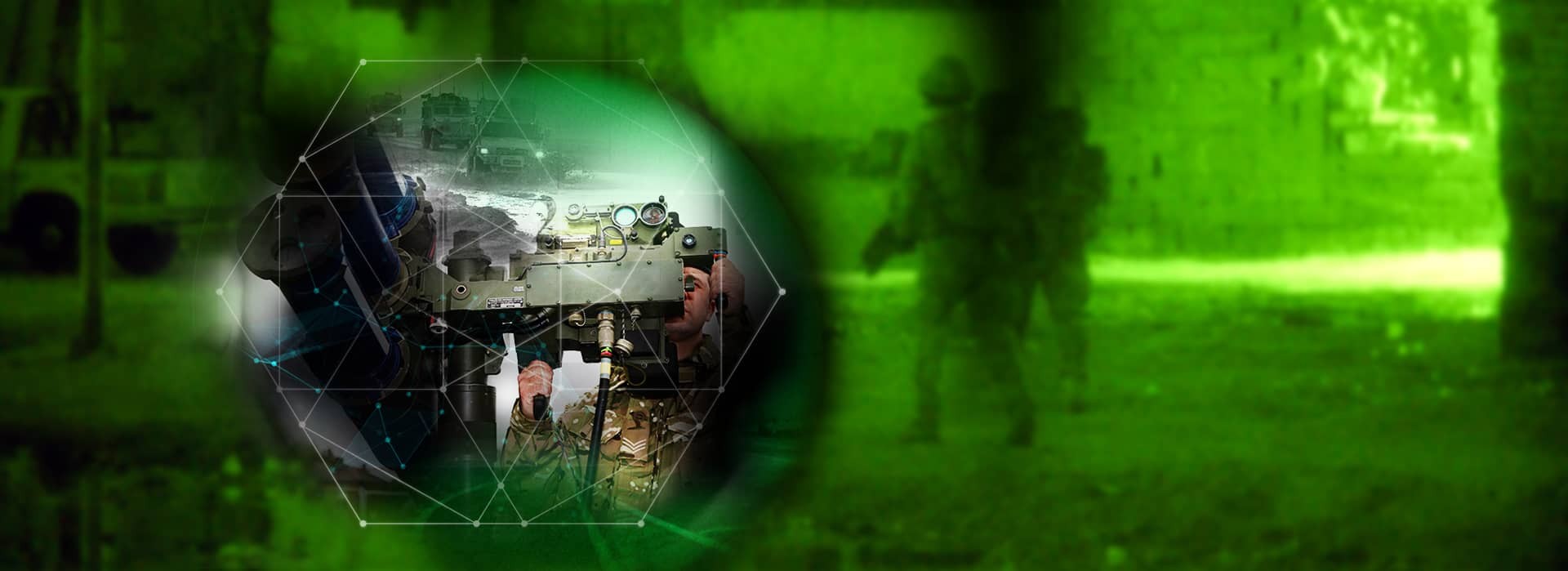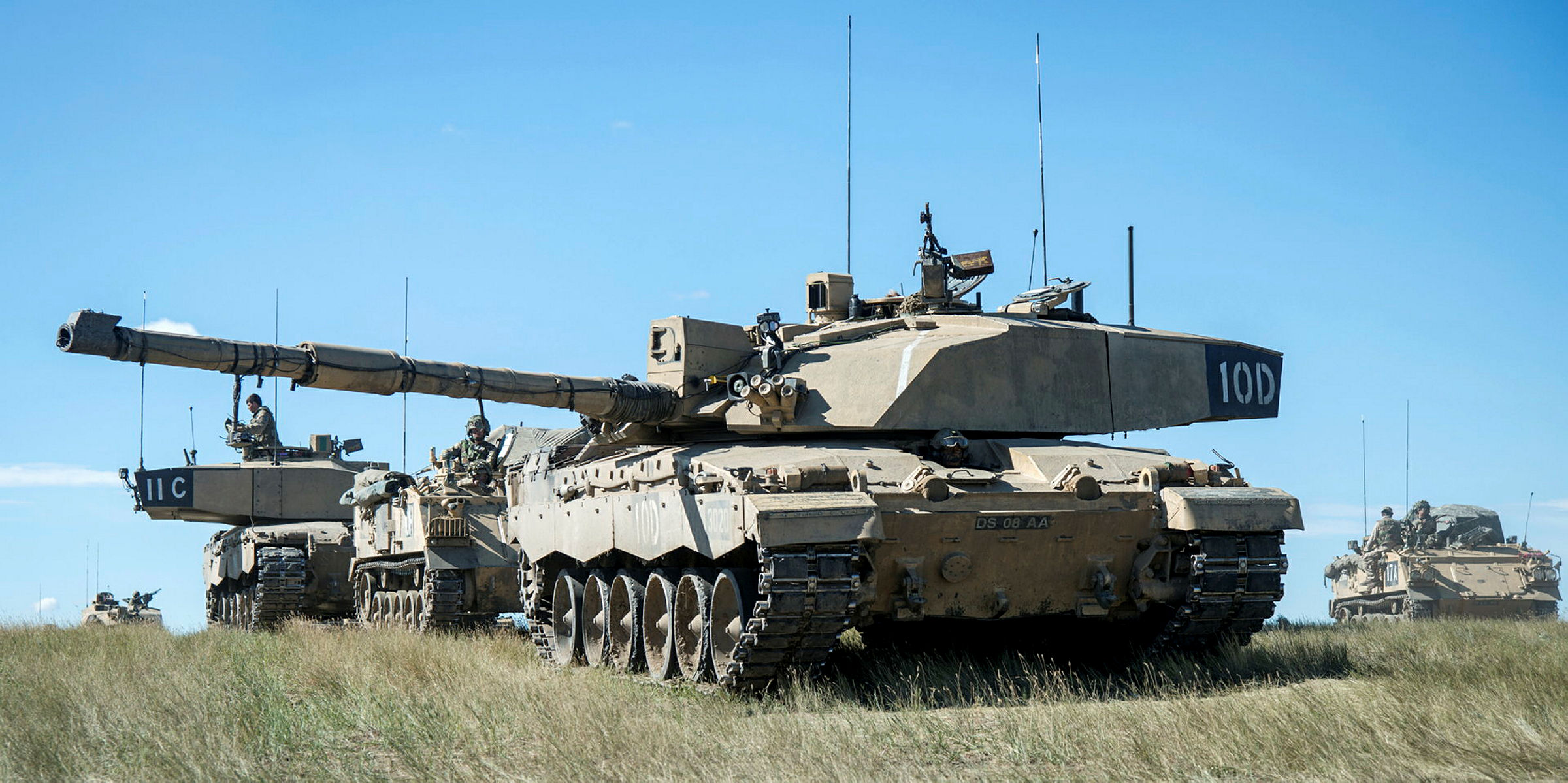Challenge
Dstl required the development of an architecture for the next generation of long range surveillance cameras, using developments in image processing and image enhancement from the commercial sector.
Approach
RED, teaming with Plextek, showed that catadioptric optical systems (combined mirror and lens systems) offer better overall performance in tactical surveillance applications because they are smaller, lighter and cheaper to manufacture to a high quality than an equivalent system based on lenses. The advent of very high density sensors means zooming can be implemented by reducing the area of the sensor that the image is drawn from. This technique is instantaneous, gives no loss of brightness, requires no moving parts and maintains focus. To reduce computational complexity and maintain image quality, the zoom would operate in steps of 2x.
Use of very high density sensors also improves the image, which would allow the algorithms produced in this project to perform better. The increased sensitivity sensors would also allow this type of camera to operate down to late dusk conditions.
Outputs
We made recommendations for a hardware architecture for the future camera system and a set of representative components required for a technology demonstrator to prove the concepts. This was supported with a down-selection of image processing algorithms for assessment and a review & assessment of video quality assessment techniques.



